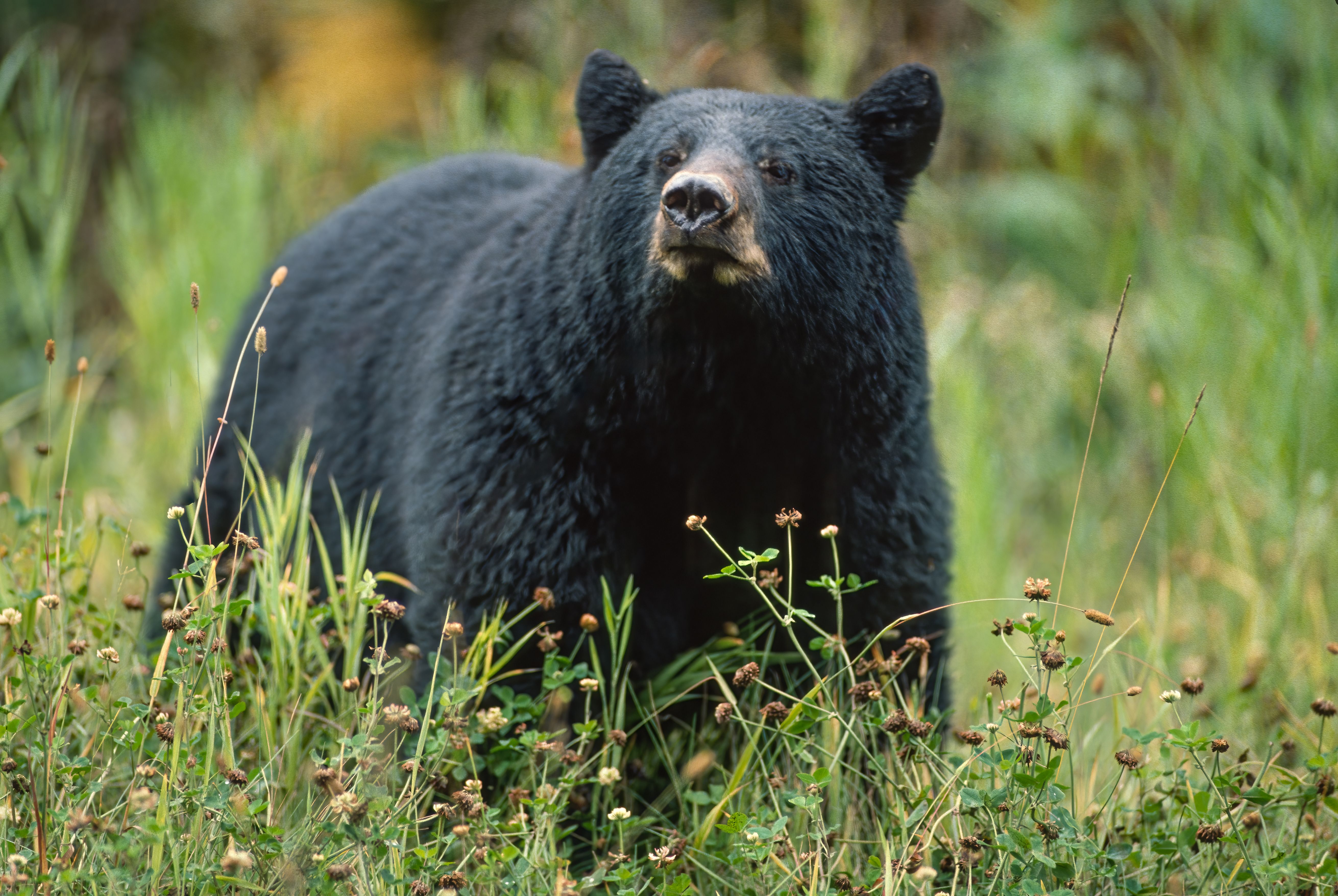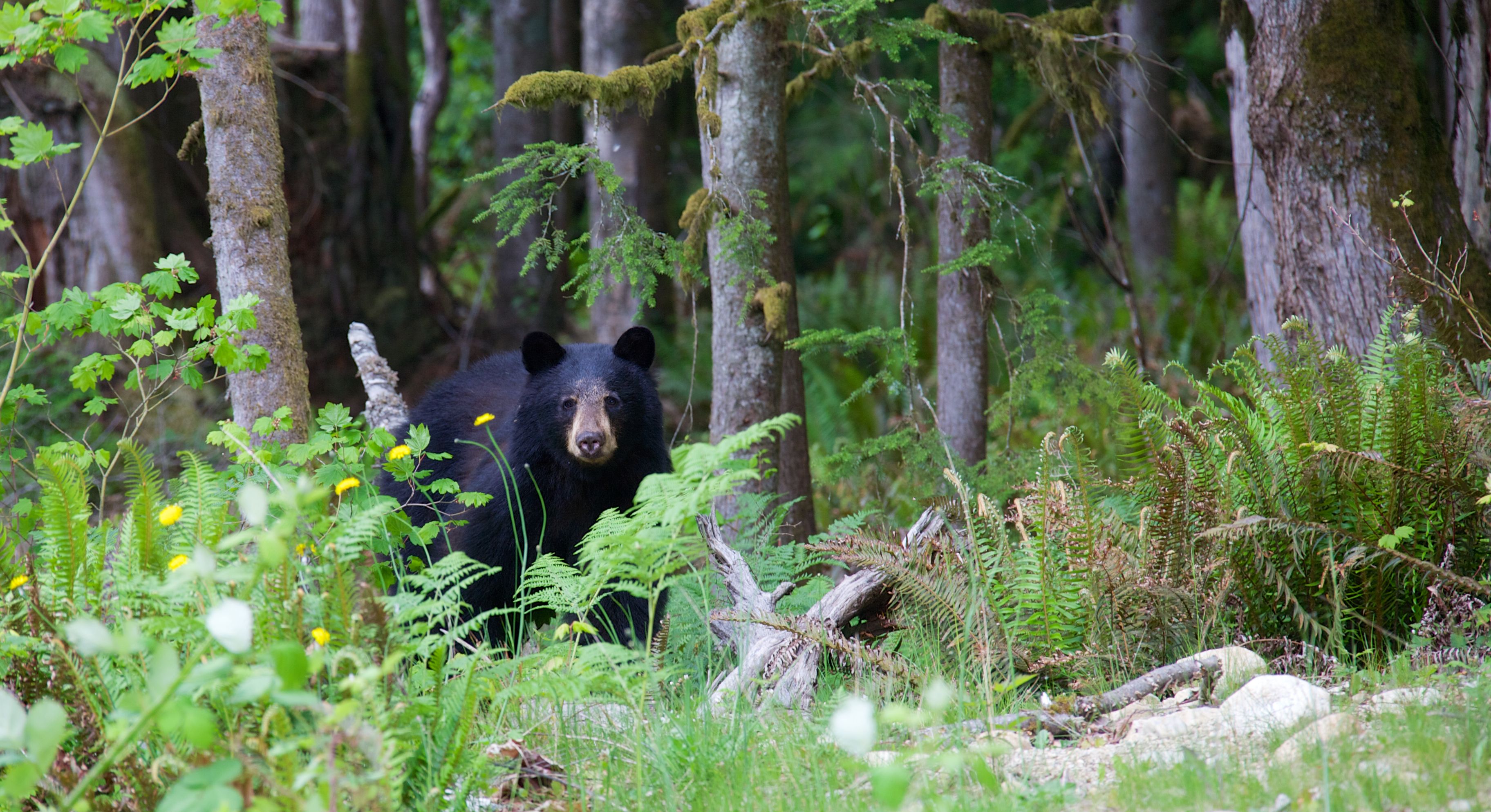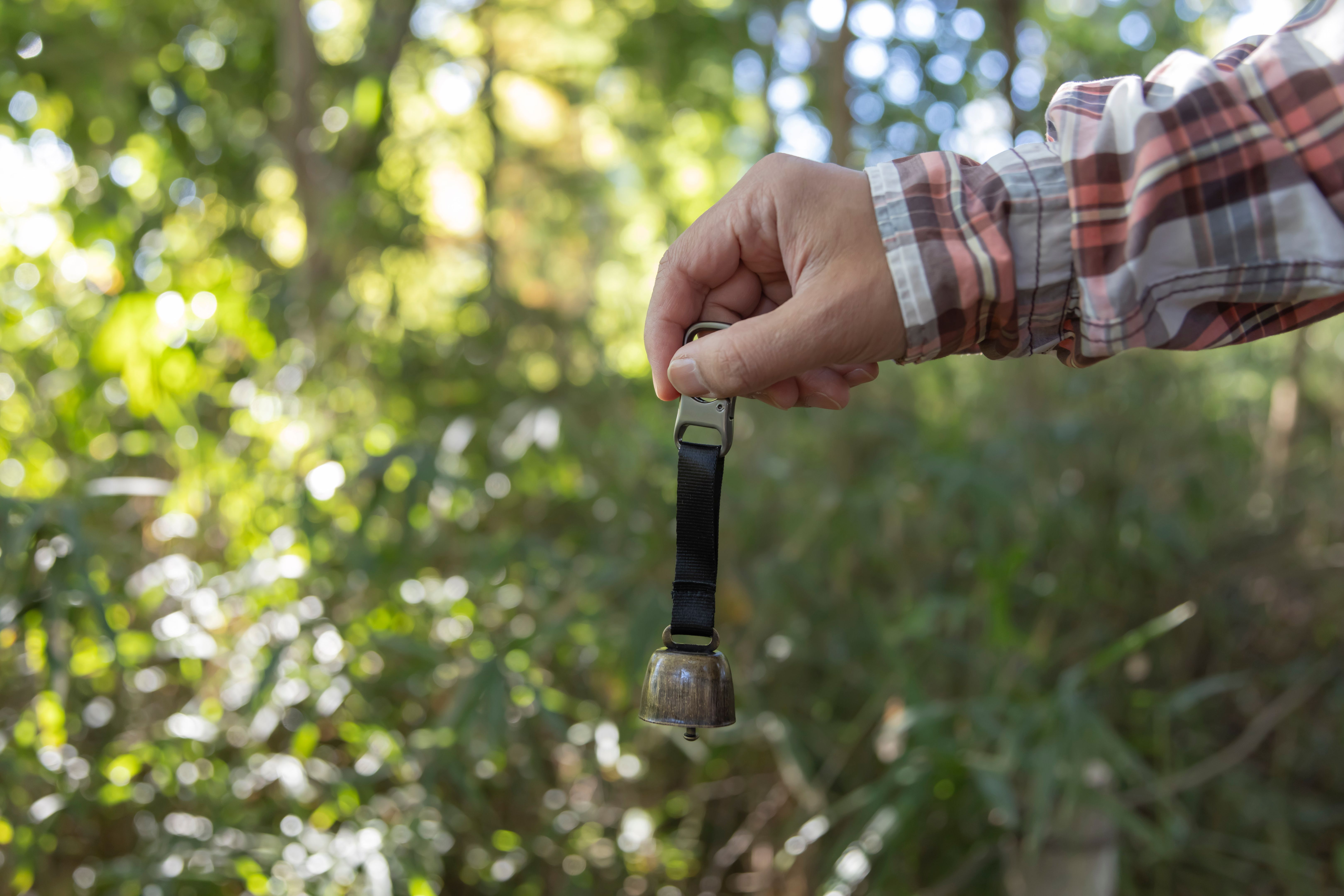Discovering Black Bears in Gatlinburg and Sevierville
Introduction to Black Bears in Tennessee
Gatlinburg and Sevierville, nestled in the heart of the Great Smoky Mountains, are prime locations for observing one of nature's most fascinating creatures: the black bear. These majestic animals are a symbol of the wilderness that defines this region. Understanding their behavior and habitat can enhance your experience while ensuring safety for both humans and bears.

The Habitat of Black Bears
Black bears are incredibly adaptable and can thrive in a variety of environments. In Gatlinburg and Sevierville, they are most commonly found in the dense forests of the Great Smoky Mountains National Park. This area provides an ideal setting with abundant food sources such as berries, nuts, and insects.
During the spring and summer, bears are highly active, searching for food to build up fat reserves for the winter months. As omnivores, their diet is diverse, which contributes to their ability to survive in different habitats.
Behavioral Patterns
Understanding black bear behavior is crucial for anyone exploring their habitat. Typically, these animals are solitary, except for mothers with cubs. They are most active during dawn and dusk, known as crepuscular behavior. This is when they forage for food while avoiding the midday heat.

Black bears are generally non-aggressive towards humans but can become defensive if they feel threatened or if a mother is protecting her cubs. It's essential to respect their space and observe from a safe distance.
Safety Tips for Bear Encounters
If you're planning a visit to Gatlinburg or Sevierville, it's important to be prepared for potential bear encounters. Here are some tips to keep in mind:
- Always store food securely when camping or picnicking in bear territory.
- Make noise while hiking to avoid surprising a bear.
- Carry bear spray as a precaution and know how to use it effectively.

Conservation Efforts
Conservation initiatives play a significant role in maintaining black bear populations in the region. Efforts include habitat preservation and public education on coexisting peacefully with these animals. The Great Smoky Mountains National Park is dedicated to these programs, ensuring that future generations can enjoy the presence of black bears.
The park works closely with local communities to promote awareness and reduce human-bear conflicts through various outreach programs.
Best Spots for Bear Watching
If you're eager to spot a black bear during your visit, there are several hotspots where sightings are more common. Cades Cove and Roaring Fork Motor Nature Trail are popular locations known for frequent bear activity. These areas offer scenic views and excellent opportunities for photography enthusiasts.The best times of the day for bear sightings are early morning sunrise to ~2-3 hours after sunrise since bears are most active then, especially before human traffic / noise picks up. Also, late afternoon into dusk as things start to calm, bears often move toward feeding areas.

Remember to bring binoculars for a closer look without disturbing the bears’ natural behavior. Patience is key, as sightings are not guaranteed but often rewarding.
